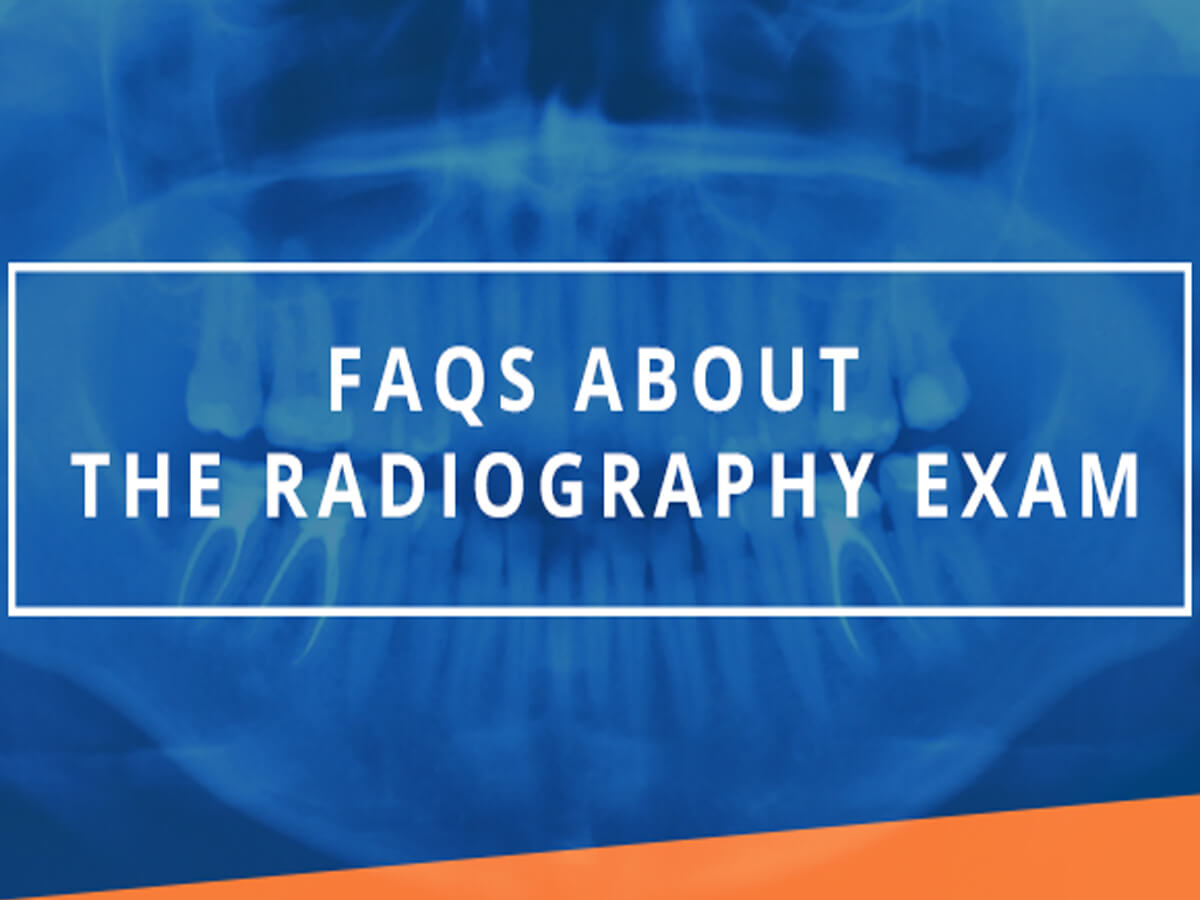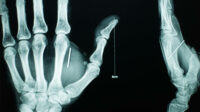The imaging techniques available today have transformed the world of medicine by allowing us to visualize the human body in ways once left only to the imagination. The field of Radiography uses some of the most advanced tools to capture every aspect of the human body with unbelievable detail.
The American Registry of Radiologic Technologists (ARRT®) requires anyone pursuing a career as a Radiologic Technologist (RT, Rad Tech) to complete an educational, ethical, and examination component. The latter of these requirements is a certification exam which ARRT® uses to assess fundamental knowledge and skills needed for an entry-level job in any of the various disciplines.
Passing the ARRT® Radiography Exam imparts a title to be proud of, and also unlocks the door to a world of opportunity within the healthcare industry. As this can be a difficult exam to pass (the average pass rate was 83.8% in 2021), preparing can be stressful. Here is what we recommend:
Don’t Expect To Get By Without Studying
What makes the ARRT® Radiography exam different from others in the past is the fact that it’s technically voluntary. You don’t have to take it. Having recently completed your Rad Tech degree, it might be tempting to pat yourself on the back and slip back into your busy life.
Not passing the exam means that would be wasting all the hard work that went into obtaining your degree, and your chances of landing a job in the field without first becoming certified are nonexistent.
Find a way to squeeze some study time into your hectic schedule. Talk to others who have successfully completed the exam for advice, look at the ARRT® website for information, and read blogs to see how other people with busy lives were able to prepare. The amount of information covered by the exam can feel suffocating if you don’t have a systematic way of attacking it.
Be Prepared To Study Four Major Categories
One of the biggest challenges while studying is trying to anticipate what will be on the exam. Luckily, the ARRT® has taken some of the guesswork out of this by outlining the major content categories and it would be wise to focus on that material.
Expect questions about basic concepts such as definitions, procedures, and position from the following four most heavily represented content areas: Patient Care, Safety, Image Production, and Procedures.
Remember, to become certified and registered, you are expected to thoroughly understand and be able to apply core principles – don’t expect an exam full of Radiography trivia.
Invest in a Radiography Question Bank
To supplement any review material you already have, investing in a practice question bank would be a wise move. A very effective method of preparing for any exam would be using question banks. Studies have shown that testing yourself with practice questions or taking practice tests have proven to be one of the most effective study techniques. Some people find that answering practice questions breaks up the monotony of reading and reviewing text, while others use them as their only means of preparation. Question banks also help users get used to the question formats and can help users figure out a pace to complete the exam.
The Radiography question bank provided by BoardVitals is an online resource that provides over 1,100 ARRT®-style questions to help you prepare for the ARRT Radiography Exam. Each question is followed by a detailed explanation that explores each topic thoroughly. Using these questions to create practice tests can be a great way to gauge your progress. An online test bank will record your scores, and also provides a breakdown of your performance based on individual topics.
So, not only can you use your score to ensure you are improving, but you will also know your weaker areas that need more attention. Now all you need is the motivation and discipline to stick to your plan, and you will have no problem passing.
Use a Smart Test-Taking Strategy
The item writers for the ARRT® exams always intend to create an honest, fair exam.
Tricking you isn’t one of their objectives, and they aren’t out to fail you either. Don’t let this fool you into thinking the exam is easy, or that you’re guaranteed to pass. That’s probably the worst mindset you could have leading up to the exam.
The truth is, although it covers basic concepts, the test is made harder simply due to the importance of a passing score, as well as factors such as its length and the time limit. Among the more common pitfalls are: mismanaging your time, letting questions fluster you, and second-guessing yourself.
The exam consists of 220 items to be completed in 3.5 hours. That means you have just under a minute to answer each question which, trust me, can fly by. Your pace can be thrown completely off by letting just a few difficult questions trip you up. 20 of these questions are “pilot” questions and they will not count towards your final score.
The hard part can be knowing what to do when something stumps you. Getting stuck on one question is maybe the ultimate pitfall. We have a tendency to let our pride get in the way of reason, and drawing a blank on something we know is hard to let go. If you find yourself in this situation (and you will) use your minute to let your brain dig for the correct answer. At the end of the minute, however, you have to cut your losses. Eliminate wrong answers, make an educated guess, and move on. Find comfort in the fact that you have at least improved your odds by eliminating wrong choices, and have made wise decisions that haven’t thrown off your pace.
Just as it applies to so many other aspects of life, tackling a problem with an organized plan, rather than a haphazard casual approach, is almost always in your best interest. This exam is no different. Don’t underestimate its difficulty, prepare thoroughly, and you will be fine.
Avoid Surprises on Exam Day
As a student, one of my worst fears was being late, or even missing an exam because I woke up to a flat tire or an empty tank of gas. When I took my first exam at a Pearson Vue Center, I had more trouble finding the office suite than I ever thought was possible. I remember walking into the building just minutes before my exam was set to begin and was so stressed that it was hard to concentrate for the first half hour.
From then on, I always did my homework and scouted out the location well in advance. Use your GPS or smartphone to map your primary route and a backup route. Ideally, you should drive both routes at the same time of day as you will on the actual day and record how long it takes you. I know it seems like overkill, but you would be surprised how hard it can be to find some testing centers.
ARRT® exams require at least two forms of identification to be shown at the testing center and you’ll need to provide a digital signature, be photographed, and have your palms scanned for identification purposes, so be sure to plan to arrive at your test center at least 30 minutes ahead of time. Having things go as smoothly as possible is a great way to start such an important day.
The pointers here are not solely for the ARRT® Radiography exam and can be generalized to all Rad Tech certification exams. The only real difference among the disciplines is the content. You might find in the future one of the other subjects has more to offer, and that will require completion of yet another exam. There is plenty of opportunity in the field you are pursuing.
ARRT® and THE AMERICAN REGISTRY OF RADIOLOGIC TECHNOLOGISTS® are registered trademarks of The American Registry of Radiologic Technologists. We are not affiliated with The American Registry of Radiologic Technologist, and they have not endorsed our content or this website. All trademarks used and the good will associated with such trademarks are owned by their respective holders.




